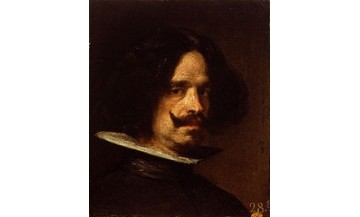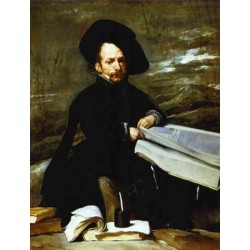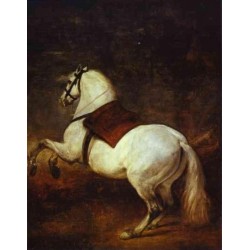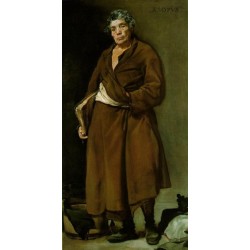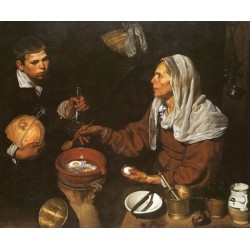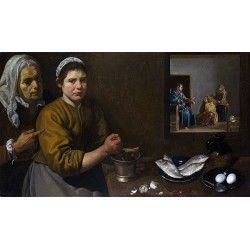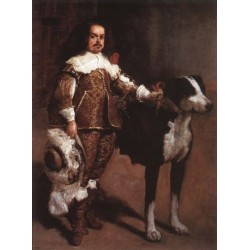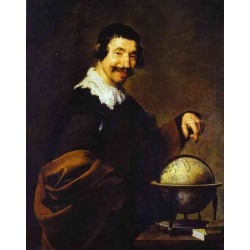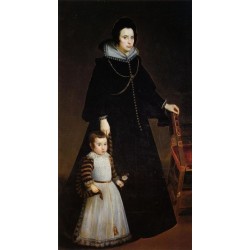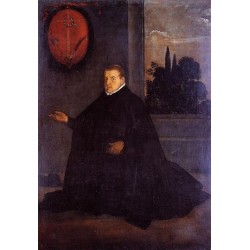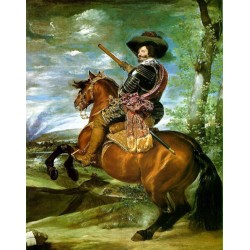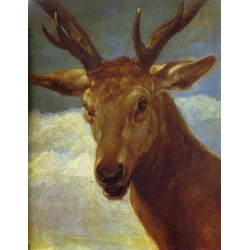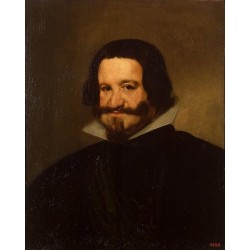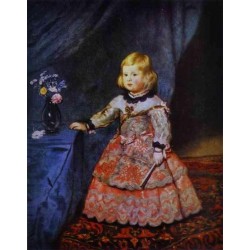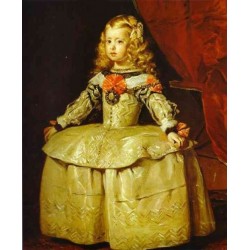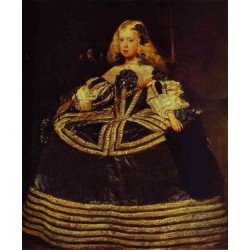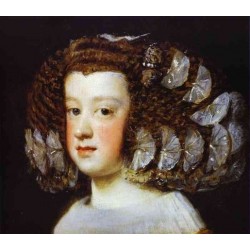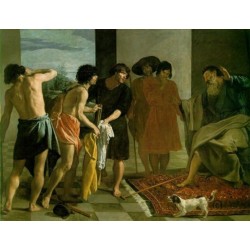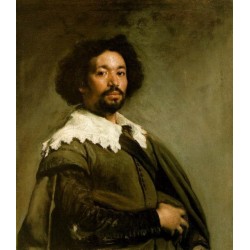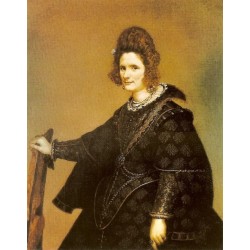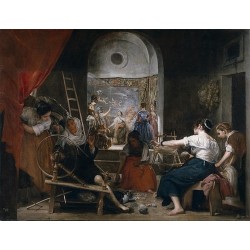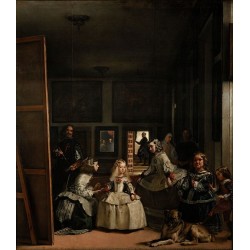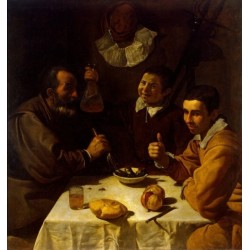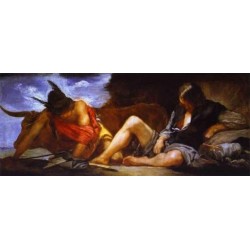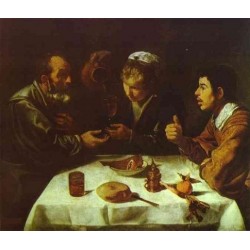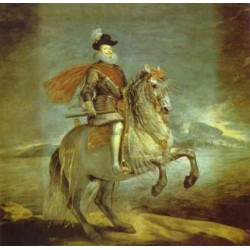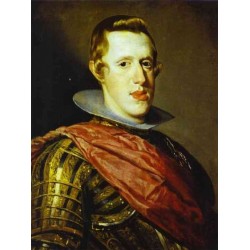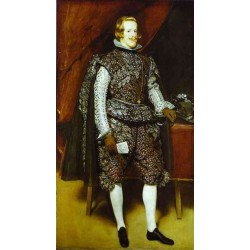Diego Velazquez
Diego Velázquez Biography
Diego Velázquez was a seventeenth century Spanish painter who produced "Las Meninas" and also many renowned portraits as a member of King Philip the 4rth royal court.
Synopsis
Spanish painter Diego old master was born circa June six, 1599, in Seville, Spain. though his early paintings were religious-themed, he became notable for his...
Diego Velázquez Biography
Diego Velázquez was a seventeenth century Spanish painter who produced "Las Meninas" and also many renowned portraits as a member of King Philip the 4rth royal court.
Synopsis
Spanish painter Diego old master was born circa June six, 1599, in Seville, Spain. though his early paintings were religious-themed, he became notable for his realistic, advanced portraits as a member of King Duke of Edinburgh IV's court. In his later years, the Spanish master created a notable portrait of Pope Innocent X and also the renowned "Las Meninas." He died on August 6, 1660, in Madrid.
Early Years and Development
Diego Rodríguez Delaware sylva y old master was born in city, Spain, circa June six, 1599. At the age of eleven, he began a six-year berth with native painter Francisco Pacheco. Velázquez's early works were of the normal spiritual themes favored by his master, however he conjointly became influenced by the naturalism of Italian painter Caravaggio.
Velázquez came upon his own studio once finishing his berth in 1617. A year later, he married Pacheco's girl, Juana. By 1621, the couple had 2 daughters.
Royal Patronage
In 1622, old master stirred to capital of Spain, where, due to his father-in-law's connections, he earned the possibility to color a portrait of the powerful Count-Duke of Olivares. The count-duke then counseled Velázquez's services to King Duke of Edinburgh IV; upon seeing a completed portrait, the young king of Espana set that nobody else would paint him and appointed old master one among his court painters.
The move to the royal court gave old master access to a massive assortment of works and brought him into contact with vital artists like Flemish baroque master Peter Paul Reubens, World Health Organization spent six months at the court in 1628. Among Velázquez's notable works from that amount were "The Triumph of Graeco-Roman deity," within which a bunch of revelers falls underneath the powerful spell of the Greek god of wine.
Velázquez traveled to Italia from June 1629 to Gregorian calendar month 1631, wherever he was influenced by the region's nice artists. once returning to capital of Spain, he began a series of portraits that featured members of the royal house on horseback. old master conjointly devoted time to painting the dwarves World Health Organization served in King Philip's court, taking care to depict them as advanced, intelligent beings. along side his painting duties, old master undertook increasing responsibilities inside the court, starting from wardrobe assistant to superintendent of palace works.
Velázquez created a second trip to Italia from 1649 to 1651. throughout this point, he was given the chance to color Pope Innocent X, manufacturing a piece that's thought of among the best portraits ever rendered. old master conjointly created a portrait of his servant, Juan Delaware Pareja, that is loved for its hanging realism, and also the "Venus Rokeby," his solely living feminine nude.
Later Years
Velázquez came to his portraiture once rejoining the capital of Spain court, his technique additional assured than ever. In 1656, he created maybe his most acclaimed work, "Las Meninas." during this snapshot-like painting, 2 handmaidens dote on future Emperor cocktail Mother Teresa whereas old master peers from behind an oversized tripod, on the face of it finding out the king and queen, tho' his gaze meets the viewer's.
In 1658, old master was created a knight of Santiago. once being tasked with decoration responsibilities for the marriage of Maria Mother Teresa and Louis XIV, old master became unwell. He died in capital of Spain on August 6, 1660
Velázquez will always be remembered as one of the great masters of all Western art. Pablo Picasso and Salvador Dali are also among the artists who considered him a very strong influence, while French Impressionist Édouard Manet described the Spanish artist great as "the painter of painters."
